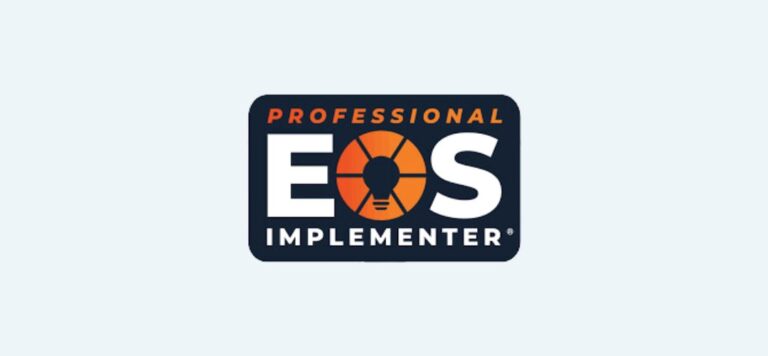Creating Clear Performance Expectations and Holding Employees Accountable
Clear expectations always precede accountability. Think about it: If you’re not certain that you’ve clearly communicated what you need from someone—or that they’ve understood it, or that the goalposts haven’t moved since the last conversation—you’re likely to over-communicate and underperform as a leader. Why? Because without clarity, holding others accountable feels shaky at best and unfair at worst. Here’s how to get better at this.
Step One: Get Crystal Clear on Your Own Expectations
Part of the problem starts with us. Often, we’re not entirely sure what we expect for the future or what we need from others to achieve it. If you want the confidence to hold someone accountable, you first have to invest the time to gain your own clarity. Without this, there’s almost no chance you’ll communicate well enough to set others up for success. So, be specific. Define what good performance looks like in detail, including the results you’re expecting and the behaviors or processes you value most.
Step Two: Communicate Often and Check for Understanding
Once you’re clear on what you expect, communicate your message effectively and make sure it’s understood. Ask questions like, “What do you think is expected of you?” and “What are your top priorities right now?” to ensure there’s alignment. Once you know your team understands, make it a habit to revisit these conversations at regular intervals. Ask for their perspective: “How do you feel about meeting these expectations?” or “Do you see any challenges ahead?” This keeps the lines of communication open and allows you to address gaps proactively before they turn into bigger issues.
Step Three: Set Boundaries Alongside Expectations
Expectations paint a picture of what you want, including how success should be achieved or specific qualities you’re looking for in the results. But boundaries are equally important. They outline what isn’t acceptable—whether it’s limitations on resources, behaviors that don’t align with your company’s values, or methods you’d prefer to avoid. Sharing this information helps prevent misunderstandings and ensures everyone is on the same page.
Step Four: Create Fixes for Failures
People won’t get it right every time—because, let’s be real, nobody does. Anticipate this and have a range of reasonable solutions for common mistakes or issues. When you offer a way for people to recover and restart, you’re giving them the tools to take responsibility for their work even when it isn’t perfect. This not only promotes ownership but also shows that you’re a supportive leader who values problem-solving over punishment.
Step Five: What Accountability Really Looks Like
Accountability starts with that honest, straightforward conversation: “Here’s where things didn’t go as expected.” But it goes beyond just talking about performance issues. As a business owner, you have the ultimate power to make decisions about what’s acceptable in your organization. You don’t need anyone’s permission or participation to change your circumstances, whether that means adjusting how people work or, if necessary, changing who works for you to better meet your business’s needs.
It’s important to be fair and ensure you’ve done your part—communicated clearly, provided support, and set boundaries. But once you have, you can let go of the notion that it’s your job to change someone else’s behavior. People make choices, and there are consequences for each choice. Your role is to communicate your expectations and preferences, partner with your team to achieve those outcomes, and then make decisions based on how those outcomes align with your vision for the business.
The Benefits of Doing This Well
Imagine a work environment where repeated conversations about the same issues become a thing of the past. Where you and your team know that every expectation is paired with a clear understanding of what success and failure look like. Employees feel respected and empowered, and you can spend less time firefighting and more time steering your business towards growth. Morale and trust soar when people know what’s expected of them and see those expectations consistently enforced. It creates a culture of high performance, where everyone feels motivated and invested.
Holding people accountable isn’t easy, but it’s essential for a healthy, high-functioning team. By setting yourself and your team up for success, you’ll save yourself countless headaches, build stronger relationships, and foster a business environment where everyone thrives.








